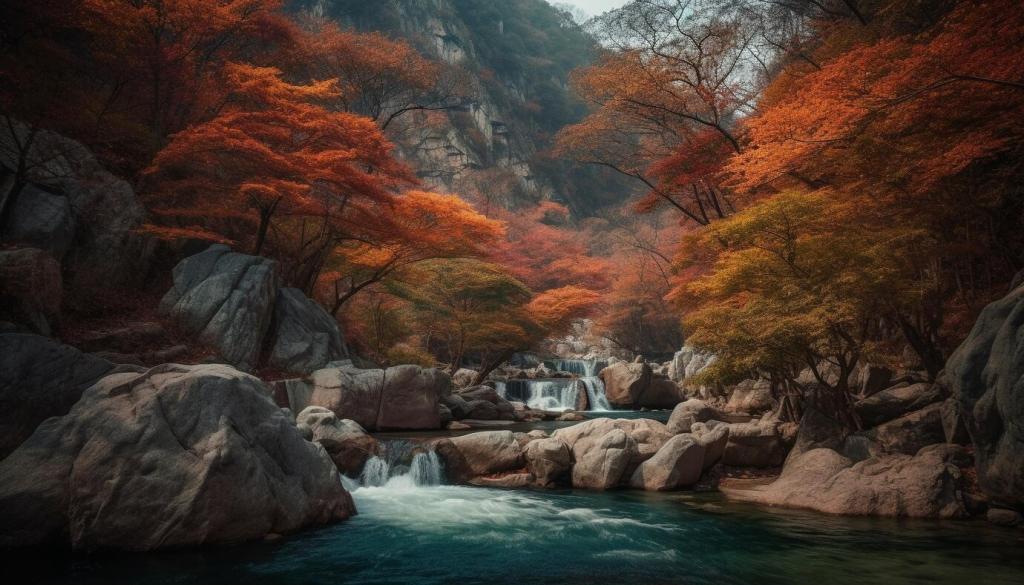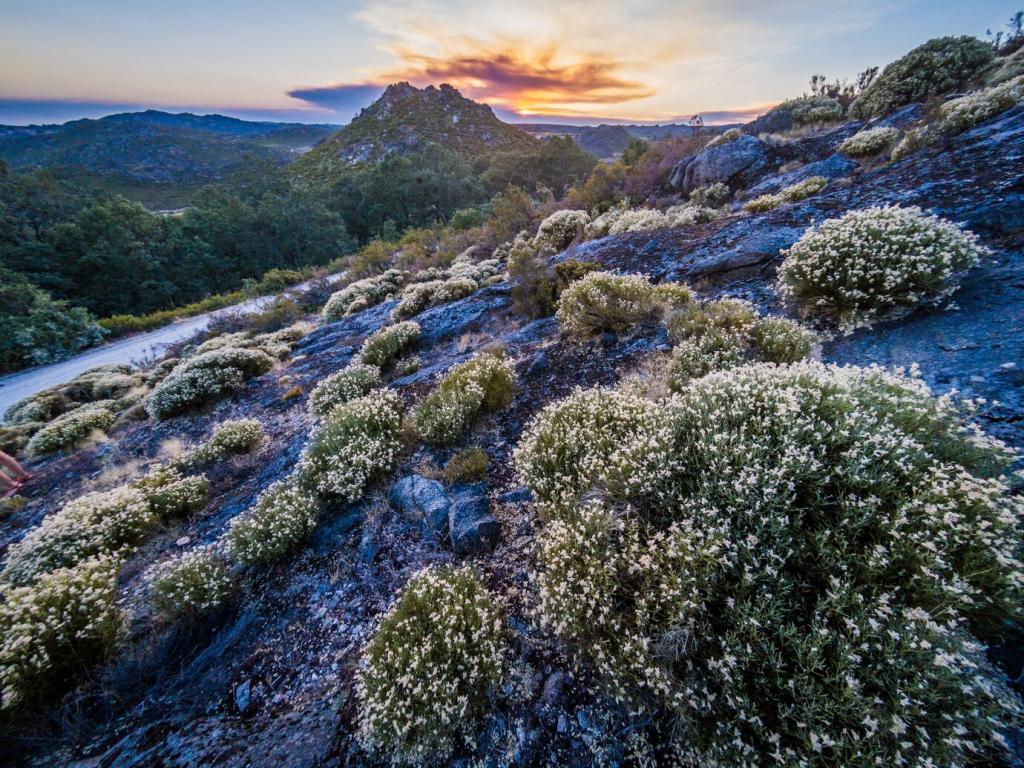Mastering Light and Weather in the Wild
Arrive early enough to breathe before the first brushstroke. Set a horizon line, block values in three notes, then let the sunrise revise your intentions. Keep movements economical, eyes generous, and expectations soft. What rituals help you greet the day creatively on the rim, the boardwalk, or the lakeshore? Share your dawn checklist and stories.
Mastering Light and Weather in the Wild
Canyonlands’ summer monsoons sculpt skies with theatrical anvils, but lightning demands distance and respect. Capture storm energy by exaggerating cloud shapes and cooling distant tones, not by courting risk. Carry extra layers, watch radar, mind wind shifts. Subscribe for our field-ready weather sketch plan, and comment with your best safety tips learned the hard way.



